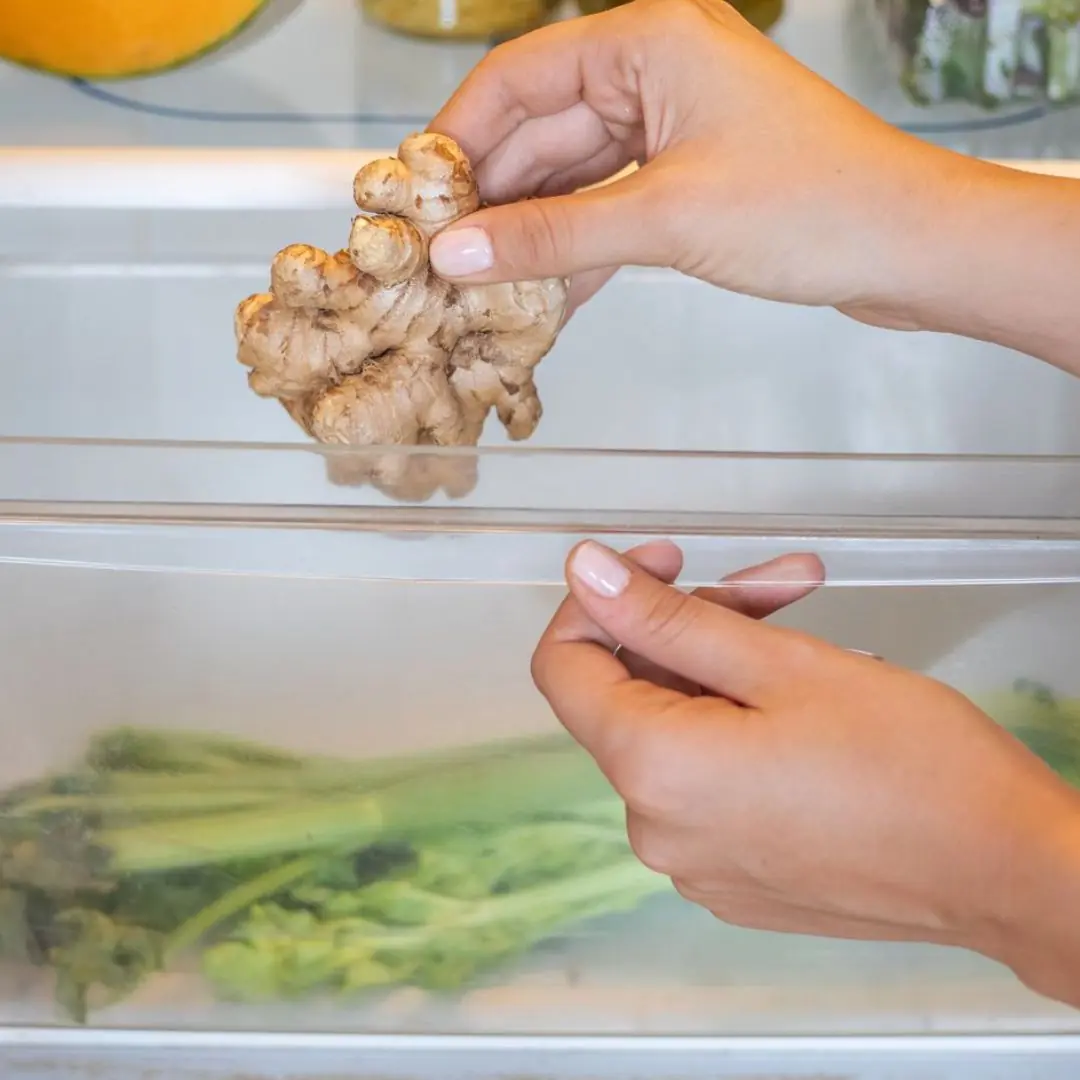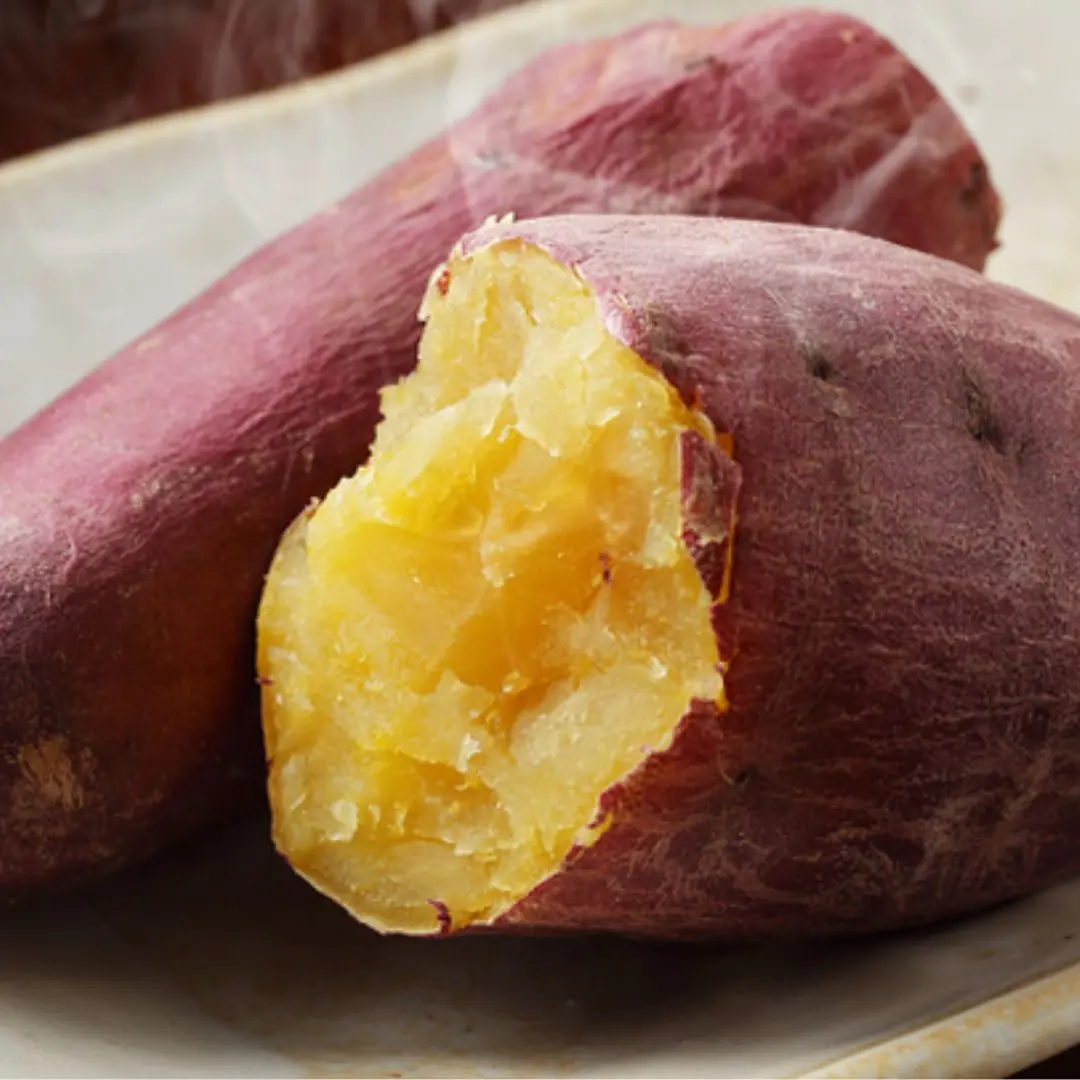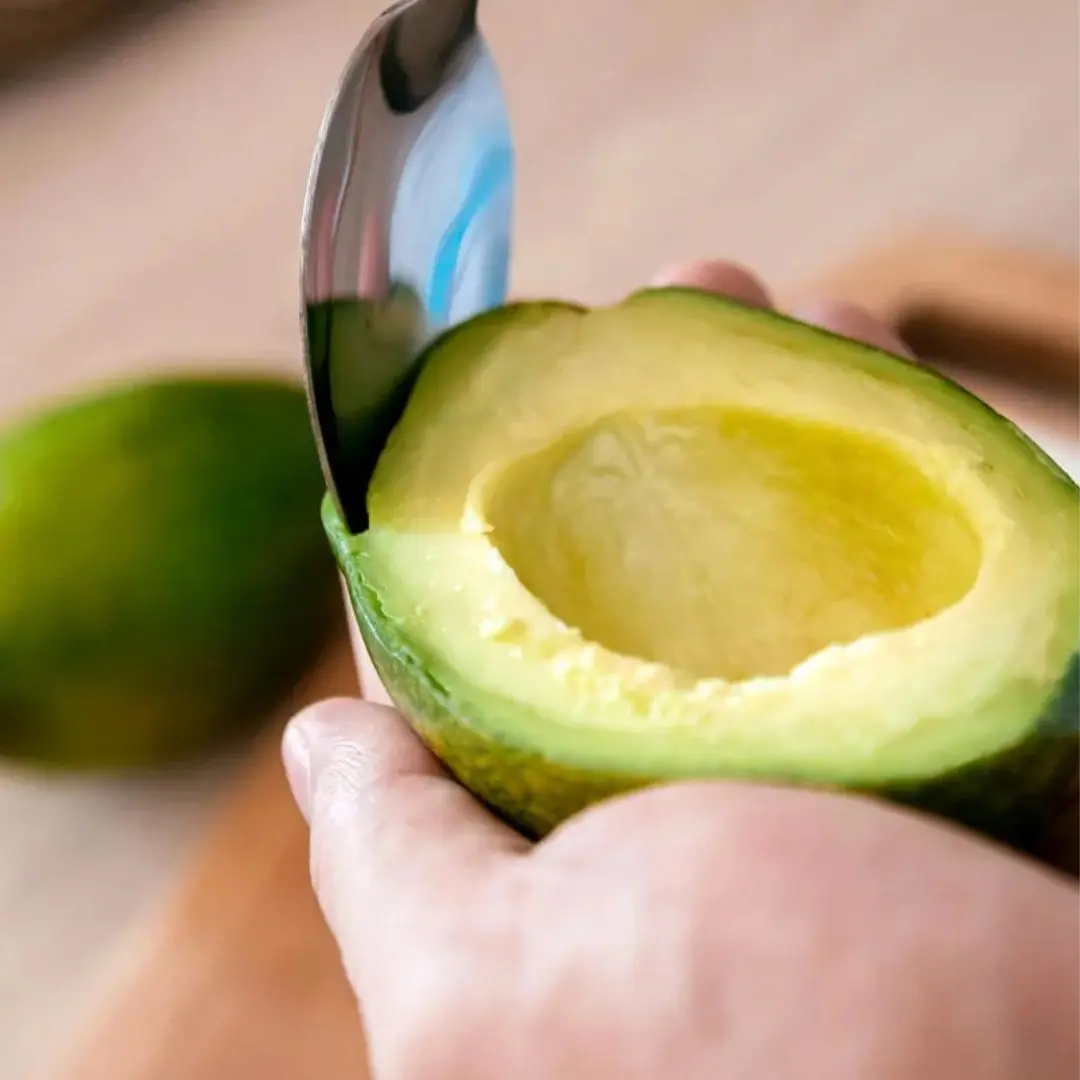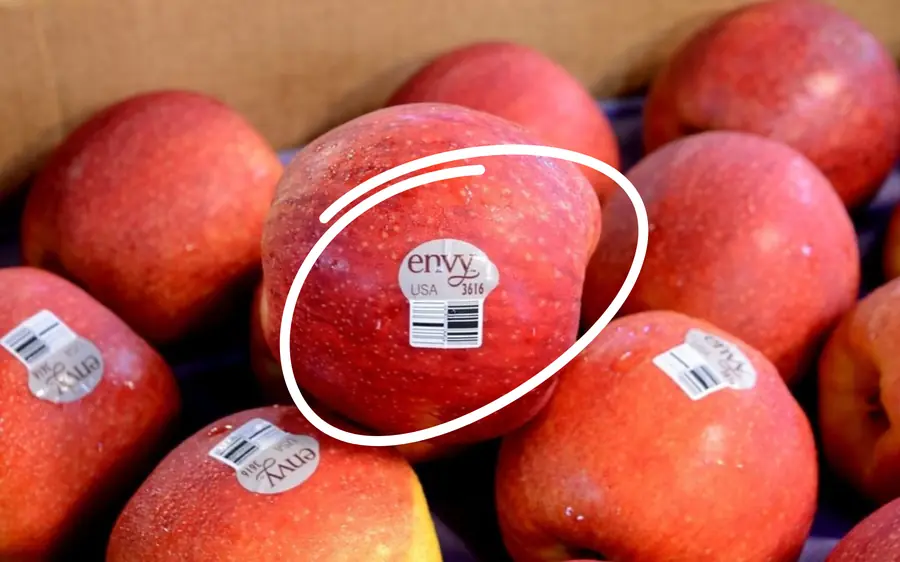
Want crisp, juicy, and delicious apples?

How to Choose the Best Apples: A Complete Guide to Picking Crisp, Juicy, and Delicious Apples
Apples are one of the most popular and versatile fruits in the world. They can be eaten fresh, baked into pies, pressed into cider, or added to countless savory dishes. However, selecting the right apple can be a challenge, especially when faced with countless varieties and displays at the market. Choosing the best apples doesn’t have to be a guessing game — and once you understand the signs, you’ll be able to pick crisp, juicy, and delicious apples every time.
In this article, we’ll walk you through everything you need to know about choosing the best apples, from understanding the different varieties to spotting signs of freshness and flavor.
1. Know the Variety You Need
Each apple variety has its own unique flavor, texture, and best uses. To pick the right apple, first consider how you intend to use it:
-
For eating fresh: Try Honeycrisp, Fuji, Gala, or Pink Lady. These varieties are crisp, sweet, and perfect for snacking.
-
For baking: Choose Granny Smith, Braeburn, or Jonagold. These apples have a firm texture that holds up well when baked.
-
For making sauce or cider: McIntosh, Cortland, or Golden Delicious are ideal for sauce and cider due to their soft texture and rich flavor.
Knowing which apple works best for your needs will save you time and ensure the best results.
2. Observe the Color
While color can vary by variety, a rich, vibrant shade is a good sign of ripeness. Avoid apples with dull or faded skin, as this may indicate that they’re overripe or have been stored for too long. Here’s what to look for:
-
Red apples: Choose those with deep, rich crimson color and minimal discoloration.
-
Green apples: The skin should be bright green, sometimes with a slight blush of red.
-
Yellow apples: Pick apples that have a warm, golden-yellow shade, indicating sweetness.
Remember that certain apple varieties have a natural blush or speckled pattern, which is not a sign of spoilage.
3. Check the Firmness
A crisp apple feels firm when you pick it up. Gently press the apple with your finger — it should feel solid and have very little give. Avoid apples that have soft spots, wrinkles, or indentations. These signs usually mean that the apple is overripe, mealy, or starting to rot.
4. Inspect the Skin
Examine the surface of the apple for any bruises, cuts, or spots. Minor imperfections aren’t always a problem, but deep bruises can affect the flavor and texture of the fruit. In general:
-
Smooth, unbroken skin is ideal.
-
Small blemishes or lenticels (tiny dots) are fine and often present on certain varieties.
-
Avoid apples with large, dark spots, holes, or signs of mold.
5. Smell the Apple
A fresh, ripe apple should have a noticeable, pleasant aroma. Bring the apple close to your nose — if it has a sweet, fruity smell, that’s a sign it’s ready to be enjoyed. An apple that has little to no smell may be underripe, while one with a fermented or musty odor may be past its prime.
6. Evaluate the Weight
Apples that feel heavy for their size tend to be juicier and crispier. This is because the moisture content in the apple is higher, making it more flavorful and enjoyable. When selecting apples, pick up a few and compare their weight — choose the heaviest one for its size.
7. Avoid Apples That Are Too Shiny
While shiny apples might seem attractive, an overly glossy surface can be a sign that the apple has been coated with wax to make it appear fresher. While food-safe waxes aren’t harmful, they can sometimes mask an apple that is old or has lost its crispness. A slightly matte or natural-looking finish is usually a better indicator of a fresh apple.
8. Consider the Season
Apple quality depends heavily on the time of year. Most apple varieties are harvested in late summer and fall, making this the best time to find crisp and juicy apples. Apples purchased out of season may have been stored in cold storage for long periods, which can affect their taste and texture.
If you’re shopping for apples in the spring or early summer, be sure to ask where the apples came from and how long they’ve been stored.
9. Try a Test Apple
If your market allows it, ask for a sample or buy one apple to try before committing to a larger quantity. The best way to determine an apple’s quality is by tasting it. A good apple will be crisp when you bite into it, with a balance of sweetness and acidity that suits your palate.
10. Store Your Apples Properly
Even after selecting the best apples, proper storage is vital to preserving their quality. Store apples in the refrigerator in a perforated plastic bag or crisper drawer to maintain their crispness and flavor. Avoid storing apples at room temperature for too long, as they can quickly become soft and mealy.
If you have a surplus of apples, consider making sauce, cider, or baked goods, or simply preserve them by making apple chips or slices.
Final Thoughts
Choosing crisp, juicy, and delicious apples doesn’t have to be a matter of chance. By knowing the best varieties, checking their firmness, inspecting their color and skin, and understanding how to assess their quality, you can pick the best apples every time.
Remember, an apple’s quality is a reflection of its freshness, storage conditions, and the time of year it was harvested. So, the next time you find yourself in the produce aisle or at a farmer’s market, use these tips to pick apples with confidence — and enjoy every crisp, delicious bite.
News in the same category


Ways to Maximize the Health Benefits of Cinnamon

With just a few simple tips below, you can keep ginger fresh for up to 6 months, without refrigeration, without taking much time.

9 Natural Remedies For Teeth Whitening

What is the lack of nutrients that causes frequent mosquito bites? How to effectively repel mosquitoes?

Try This DIY “Plastic Bottle Mosquito Trap” and Enjoy a Mosquito-Free Summer!

Be careful! Don't put these 5 things in the refrigerator anymore, they can become "invisible kil.lers"!

4 plants that easily "invite" snakes to come near, be careful when planting around the house!

Effective tips to ki.ll cockroaches, repel cockroaches forever

"Four things should not be placed at the head of the bed": The advice of the ancients turns out to be the truth

2 types of vegetables that Japanese people consider "miracle drugs": Sold in abundance at the market, unbelievably cheap

Three veggies that are secret "stomach k!llers" on the dinner plate: The last item is a a lot of people's favorite, with many households eating it every day 👇👇👇

Smart People Know This Trick: Save Up to 50% on Your Monthly Electricity Bill by Adjusting Your Air Conditioner

Krait snake crawls out of air conditioner, puts 7-year-old girl in critical condition, some suggestions on how to prevent it

Cut a lemon in half and "smear it all over the house", the effect surprised me

Boost Your Toilet's Flushing Power Instantly with This Simple Trick

Tips to get rid of geckos from your home

People who should not eat instant noodles no matter how much they crave them

When going to the market, should you buy the pig's feet first or last?
News Post

If You See These 4 Types, Walk Away Immediately No Hesitation

Those with gout should absolutely avoid these foods

US approves 'guided missile' drug to treat lung c.a.n.cer

5 Nighttime Symptoms Warning of Fatty Liver

9 'super foods' favored by people over 100 years old

When I discovered the truth, I was left speechless and heartbroken

We have a habit of freezing meat and fish to eat gradually, so how long can frozen food be used to ensure safety and quality?

5 Dan.gers of Using Your Phone in the Bathroom

Why You Should Never Use Wastewater to Flush the Toilet

There Are Two "Golden Times" in the Day to Eat Sweet Potatoes

5 groups of people should not drink coffee or it will harm their health

Ways to Maximize the Health Benefits of Cinnamon

With just a few simple tips below, you can keep ginger fresh for up to 6 months, without refrigeration, without taking much time.

9 Natural Remedies For Teeth Whitening

Why you should NEVER eat more than half an avocado in a single day

What is the lack of nutrients that causes frequent mosquito bites? How to effectively repel mosquitoes?

Yellow palms: What is the cause of deficiency? How to cure it completely?

Try This DIY “Plastic Bottle Mosquito Trap” and Enjoy a Mosquito-Free Summer!
